Arabic Sounds That Don’t Exist In English
When people listen to Arabic, they may believe that it contains many sounds that do not exist in English and that speaking it will be extremely difficult. But this is only an illusion.
Advertisements
In fact, only 10 of the 28 sounds found in Modern Standard Arabic do not exist in English. Furthermore, many of these sounds aren’t even used in spoken dialects and have been reduced to sounds more similar to their English counterparts.
In this lesson, we will learn all the Arabic sounds that don’t exist in English. Let’s take a look at the letters that are like an exaggerated version of sounds that already exist in English.
Arabic Sounds That Don’t Exist In English
The Arabic sounds that don’t exits in English language are: ، ح ، خ ، ذ ، ص ، ض ، ط ، ظ ، ع ، غ. Arabic has many emphatic and guttural sounds not found in European languages, including English. You have to learn to say them, using muscles you didn’t know you had.
READ ALSO Attached Pronouns in Arabic Examples (Complete Guide)
Advertisements
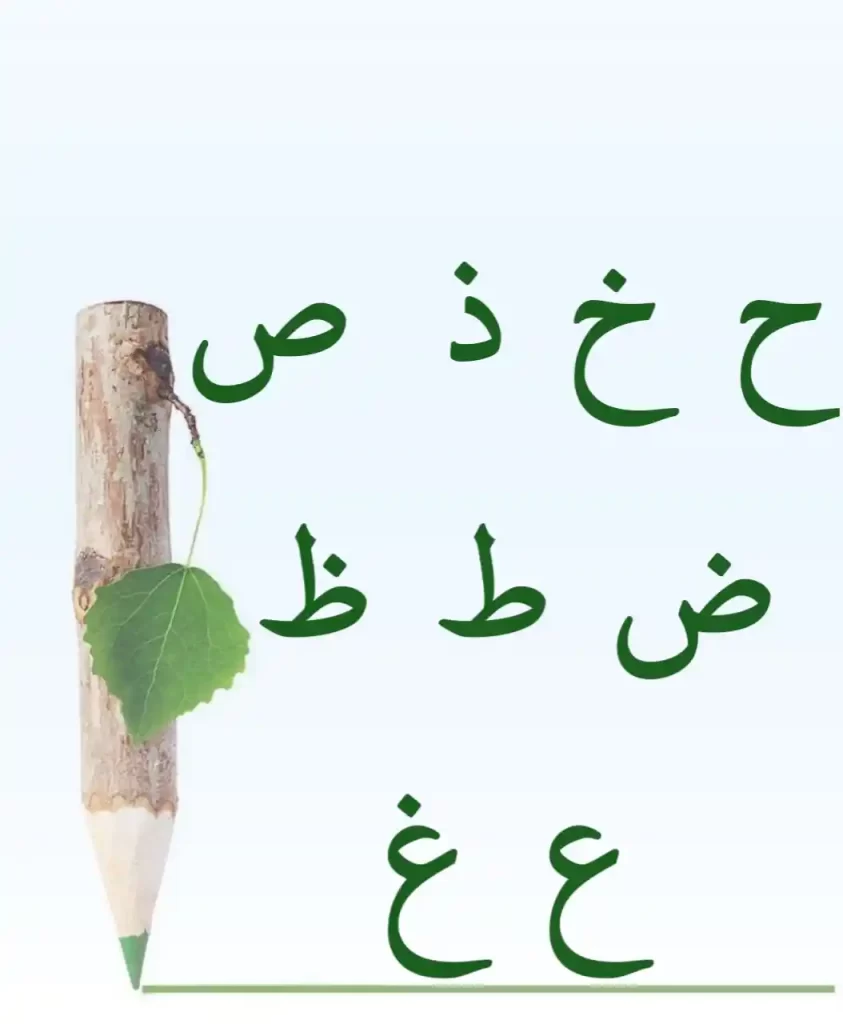
1. ḍ /ض
The Arabic letter ض (ḍad) sounds like an exaggerated D sound, like the D in “double”. The Arabic Language is also called: “لغة الضاد”: The Language of the Letter “ض”, as it is said that only the Arabic language has it. Examples of this sound in Arabic word are:
- Ḍifdi’ ضِفْدِع frog
- Ḍamān ضَمان warranty
- Ḍaabid ضابِط rule
2. Ṣ / ص
The Arabic letter ص (Ṣad) sounds like an exaggerated S sound, like the S in “Salt”. Examples:
- ṣabr صَبر patience
- Ṣadeeq صَدِيق friend
- Ṣana’ صنَاعَ industry
3. Ṭ / ط
The Arabic letter ط (Ṭaa) sounds like an exaggerated T sound, like the T in “Tom”. Examples:
- maṭar مَطَر rain
- Ṭaa’ir طائر bird
- Ṭimaatim طّمَاطِم tomato
4. Ẓ / ظ
The Arabic letter ظ (ẓaa) sounds like an exaggerated TH sound, like the TH sound in “brother”. Examples:
- ẓalām ظَلام darkness
- ẓaalim ظالِم oppressor
- ẓaahir ظاهِر outside
5. Ḥ / ح
Which sounds like an exaggerated H sound, like the H sound in “How”. It is pronounced as an h deep in the throat.
Advertisements
- ḥulm حُلم dream
- Aḥmar أحمر red
- Laḥm لحم meat
6. ʾ / ء
This letter is basically a glottal stop, like the “uh” sound in “uh-oh”.
- ʾanā / أَنا I
7. Q / ق
The Arabic letter ق qaf, as pronounced in Modern Standard Arabic, is a k pronounced in the back of the throat. It is transliterated as q. You will learn to pronounce it by imitating the cawing of a crow. But after all that, some spoken Arabic dialects pronounce it that way, some as hard g, and some as a glottal stop.
- qāl قال he said
- Qamar قلم pen
- Qalam قمر moon
8. ḫ / خ
The Arabic letter Kha خ is similar to ch in Scottish loch. Examples:
Advertisements
- ḫal خَل vinegar
- Khadija خديجة
- Khadim خادِم servant
9. ʿ / ع
The Arabic letter ع ayin is called a voiced pharyngeal stop. It is like an ah pronounced deep in the throat.
- ʿammān / عَمّان Amman (the capital of Jordan)
- Uthman عثمان
- Ammun عم uncle
10. ġ / غ
- ġasala غَسَلَ He washed
In Arabic language, if you mispronounced the letters, you totally change the meaning of the words. For example,
Keef hhalak كيف حالك, literally means, how are you.
But if you mispronounce it as
Keef khalak كيف خالك it means “How is your maternal uncle?”
So you have no choice but to learn these sounds not found in English.
And then there are words distinguished only by how much time you pronounce a vowel. For example:
Qatala قتل means He killed.
Qātala قاتل means He tried to kill, namely, He fought. The only difference is that the first ah is held longer.
There’s more, but you get the idea, the rest should be learned with qualified Arabic teachers.
Advertisements

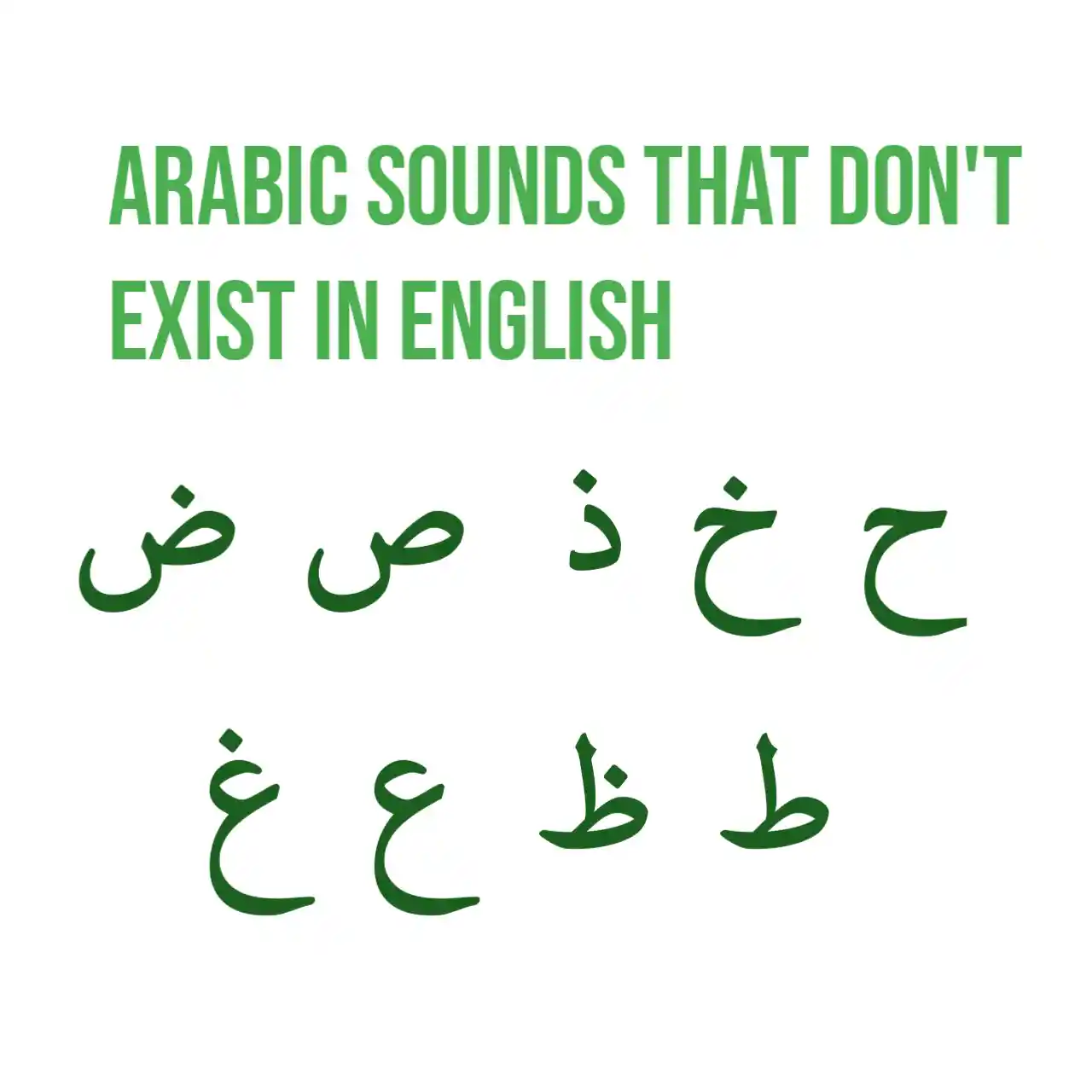
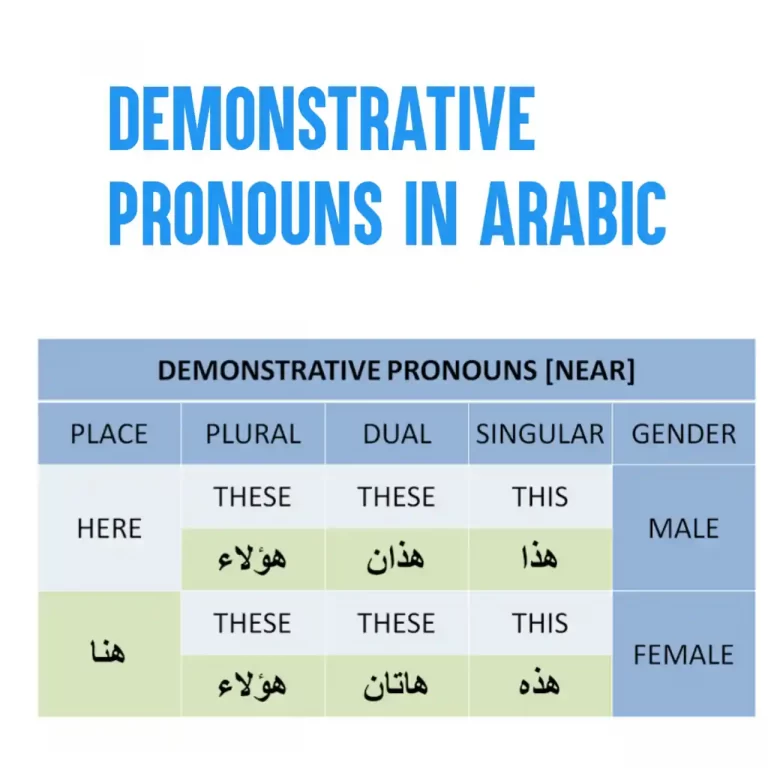

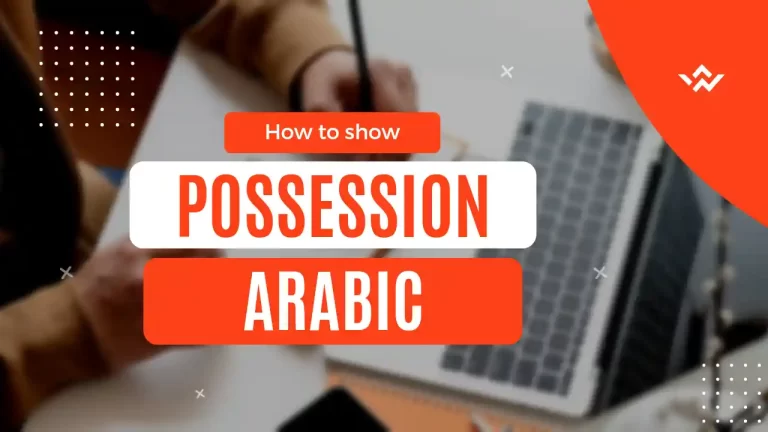

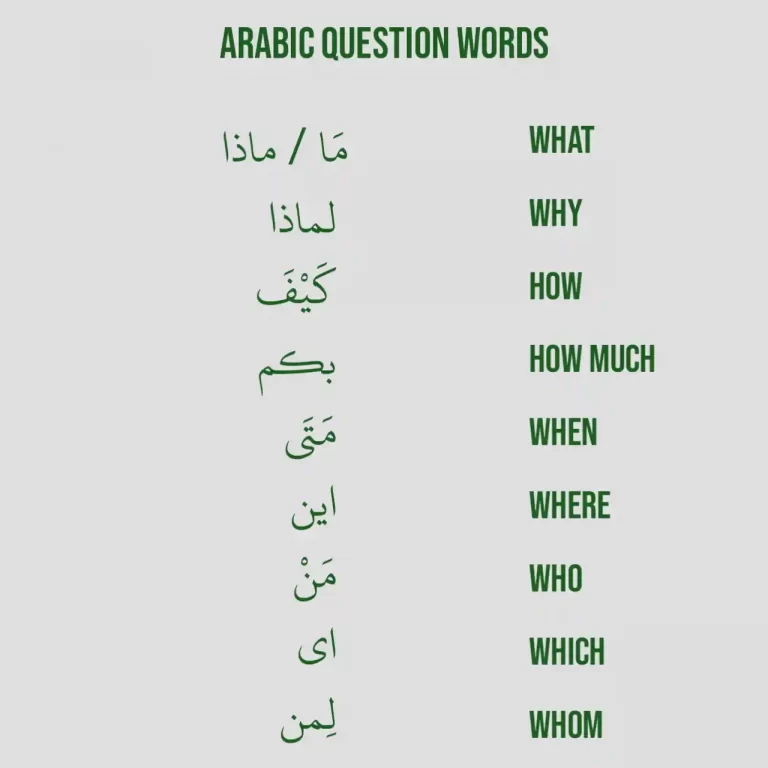
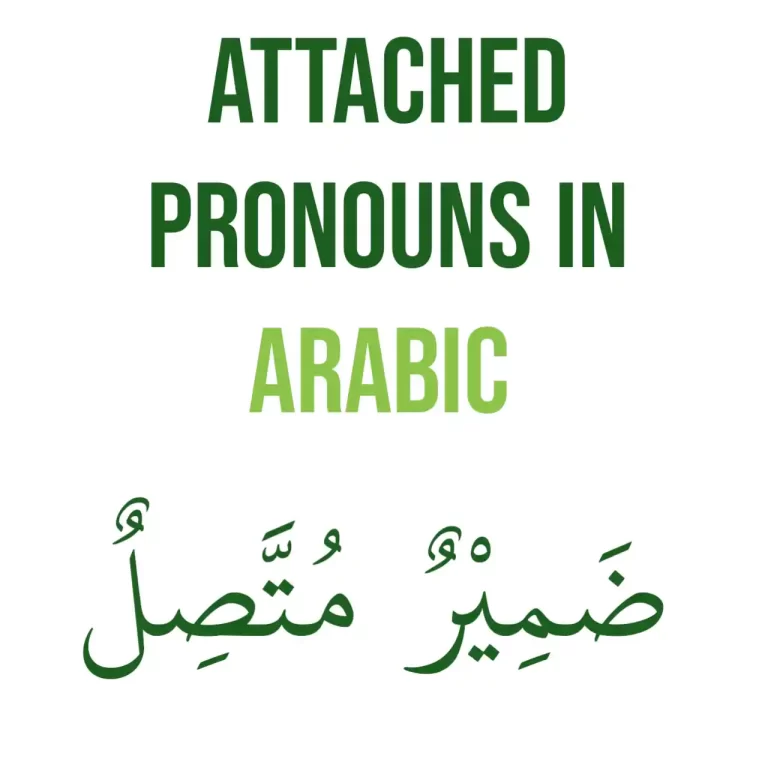
One Comment